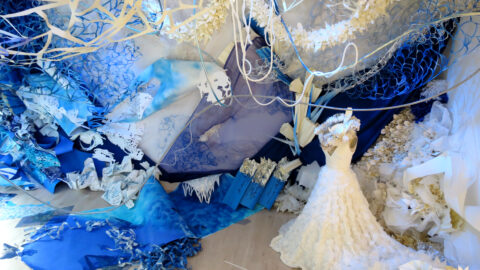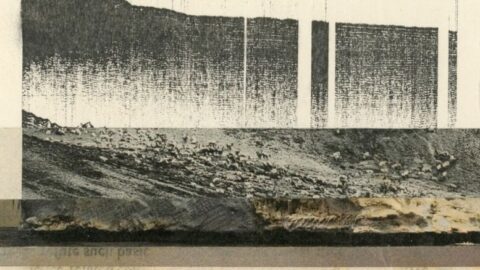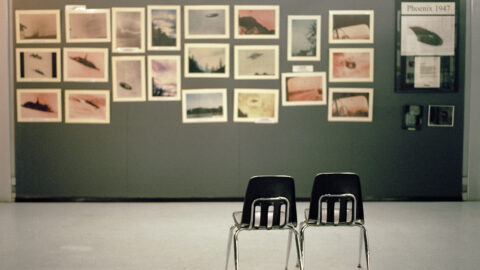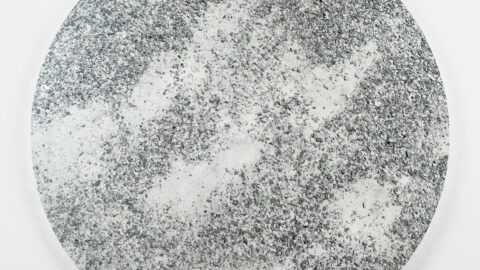David O’Brien is an artist based in Sante Fe who works in video, printing, installation and painting. Recently showcased in Newfound’s Other Worlds issue, O’Brien’s work takes a meditative look into the micro-world of humanity’s discarded waste and the implications our enduring monuments of trash leave behind.
Each painting is a hand-printed photograph, screen printed with multiple layers of resin, ink and other materials, and then stretched around a round frame. These geographical studies take on an informative and thoughtful look into what marks we make as a species. In a recent discussion with Newfound, David shares his thoughts on his work, his artistic process and what influences him. You can see more of O’Brien’s work on his website.
Courtney Simchak: How did your Disc paintings get started? What was your inspiration for the series?
David O’Brien: The disc paintings began when I started getting serious about photographing the ground. They are a way to map and document the landscape from my own perspective. Each title is a set of GPS coordinates, accurate within a few feet of the photo.





